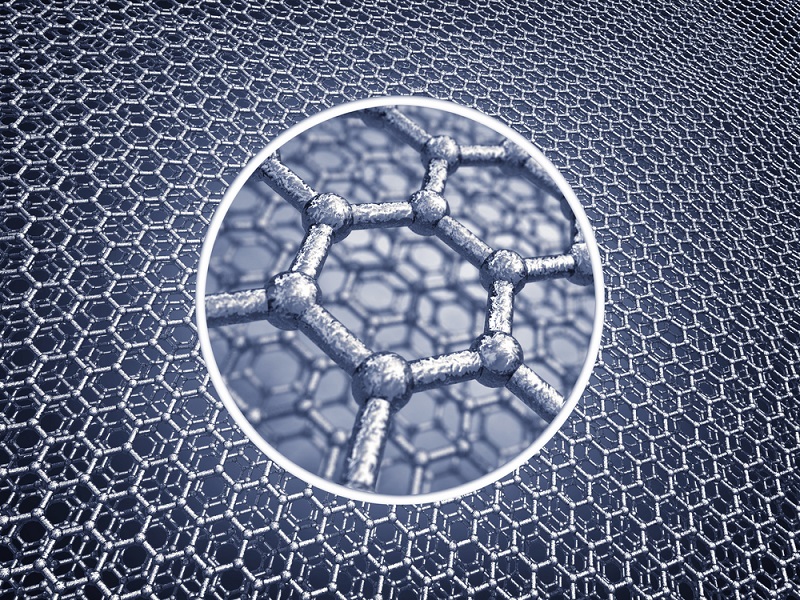
The future of electronics cooling is a topic plaguing many technology and Bitcoin enthusiasts alike. With the mounting electricity costs, air cooling is no longer a viable option if you are deploying electronics en masse. And water cooling is a possible solution, but far from practical. But there is a good news, as researchers have cracked the code on how to use graphene-based film for electronics cooling.
Also read: BitFury’s Allied Control to Reduce Energy Footprint for Chip Cooling
Efficient Graphene-Based Chip Cooling
Over the years, scientists and engineers have been working hard to unlock the mystery of how to use graphene)based solutions to cool electronics. Researchers at the Chalmers University of Technology have been working with graphene-based film, and so far, their efforts have proven to be quite successful.
The main reason for this success is because the graphene-based film has a conductive thermal capacity four times the one of copper. Additionally, this graphene-based film can be attached to electronics made of silicon, which in turn favours the film’s performance. Previous tests have always struggled to overcome this hurdle when applying graphene to silicon-based electronics.
It is no secret that modern electronics generate quite a bit of heat, mostly due to the levels of performance required from the chips inside. Due to inefficient ways to removing excess heat, the lifespan of our electronics is affected. This is most notable in portable devices such as smartphones and tablets, which are facing overheating problems after 12-15 months of heavy usage.
Johan Liu, Professor at Chalmers University of Technology stated:
“It has become evident that those methods cannot be used to rid electronic devices off great amounts of heat, because they have consisted only of a few layers of thermal conductive atoms. When you try to add more layers of graphene, another problem arises, a problem with adhesiveness. We have now solved this problem by managing to create strong covalent bonds between the graphene film and the surface, which is an electronic component made of silicon.”
Graphene-Based Film To Cool Bitcoin Mining Hardware?
The long-term result of the increased thermal capacity provided by the graphene-based film could lead to the development of faster and more energy-efficient high-power electronics. For the time being, however, practical applications will be limited to LEDs, radio frequency components and lasers.
However, that does not mean that graphene-based film cooling solutions could not play a factor in the world of Bitcoin mining. In recent years, cooling solutions for Bitcoin mining hardware have transitioned from air cooling to data center solutions, and even immersion cooling. Perhaps graphene-based film is the next evolutionary step in the process, but only time can tell.
What is your opinion on graphene-based film cooling, and will it ever make its way to consumer grade electronics? Let us know in the comments below!
Source: My News Desk
Images courtesy of Shutterstock


















